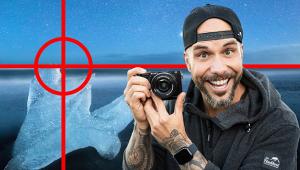Locations: In The Outback, With Camera: Photographing In Brooks Range, Alaska
The arctic sun was just about to make its brief dip below the mountainsto the north when I arrived at a cluster of strange monolithic rocks on the ridge. I cursed myself for not carrying my tripod on the evening hike, but I hadn’t expected to stumble on something quite so strange and photogenic. I braced myself on a tussock of soft tundra and began snapping images of the glowing rocks. I clicked the shutter, recomposed, then clicked again. As I made images, it occurred to me that I was quite possibly the first person to photograph these rocks. They weren’t marked on any map, and the nondescript ridge was just one of many in this part of the range. That, I thought to myself, is one of the great things about photography in the Brooks Range, it was unlikely that anyone had made the same composition before.
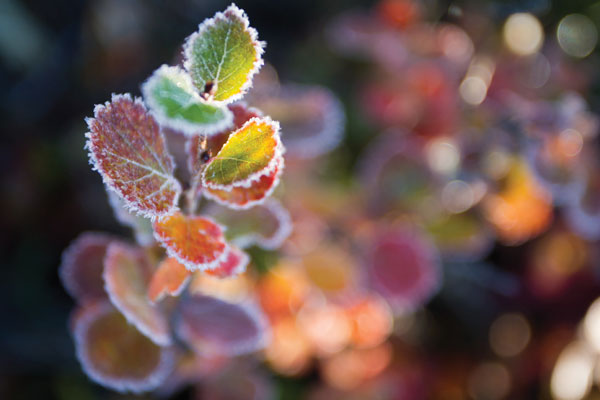
All Photos © David W. Shaw
Photo Challenges
If the photographic rewards in Alaska’s Brooks Range are great, then so too are the challenges, not least being the difficult access. My location on that ridge was more than 100 miles from the nearest road connected to the outside world, and 65 miles and three river drainages away from the nearest village with an established airstrip. I had arrived, as does just about every one of the valley’s few visitors, via a small bush plane. My group of clients and I were dropped off on a riverside gravel bar with a mountain of gear for a 10-day, 70-mile paddling trip down the river.
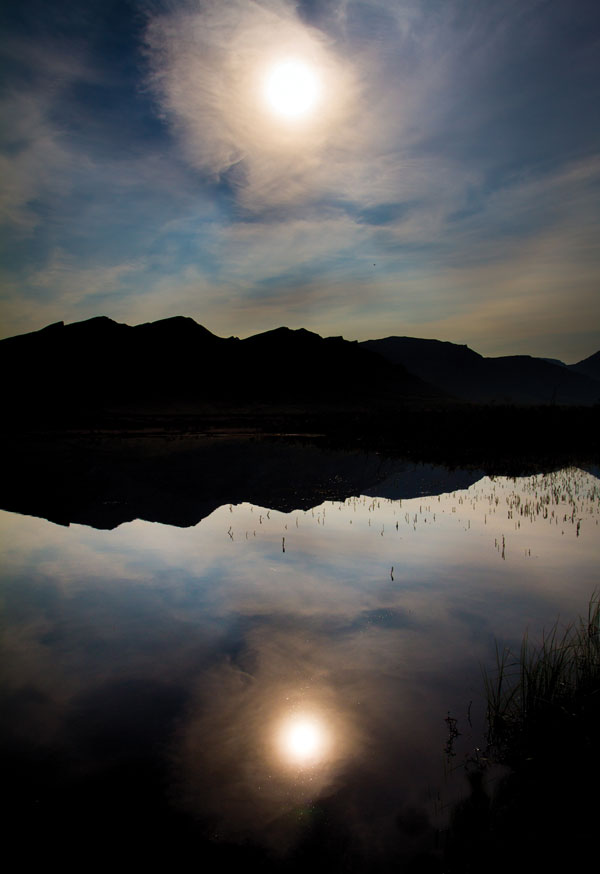
Getting Gear There
Space in bush planes is limited and camera gear has to compete with food, boats, tents, sleeping bags, cooking gear, and everything else needed for an extended stay in the wild. Most outfitters require that clients limit themselves to 50 lbs of personal gear, including camera equipment. For photographers, this means a minimalist attitude is mandatory. My camera gear consisted of a Canon D-SLR and two of Canon’s L-series lenses, a 17-40mm f/4.0 and a 70-200mm f/2.8 equipped with a 1.4x tele-converter. A compact tripod, 50GB worth of memory cards, four fully charged batteries, and a pocket-sized Canon S95 point-and-shoot rounded out the gear. All the glass and electronics could be packed neatly away in a mid-size watertight Pelican case.

Wet Weather And River Trips
While base camps and backpacking trips are both options for photographers visiting the northern backcountry, paddling often provides the most flexibility in terms of schedule, areas covered, and the amount of equipment that can be carried. Boating does require that you give your camera equipment some added protection. I find a Pelican case is perfect because it can be tethered to the boat and provides easy access to my gear at a moment’s notice. All was secured to ensure that nothing would end up on a solo journey to the ocean, or on the bottom of the river.
The challenges of course are not limited to the minimalist gear, or protecting your camera from the river. In big wilderness like Alaska’s Brooks Range where the only accommodations are tents and sleeping bags, photographers, like all travelers, are at the mercy of the weather. Sometimes this works in your favor, more often, not. The weather is nearly always shifting—cold rain in the morning, sunny and 70 by the afternoon. Even snow makes a regular appearance during the brief arctic summer. You have to be prepared for any of these eventualities. Good rain gear, warm clothes, a solid tent, and a cozy sleeping bag are mandatory.
From a photographic perspective, it’s important to take advantage of the variety in the weather and make images even when things get nasty. Images are stories to be told, and it’s those bad weather days that often hold the best tales.
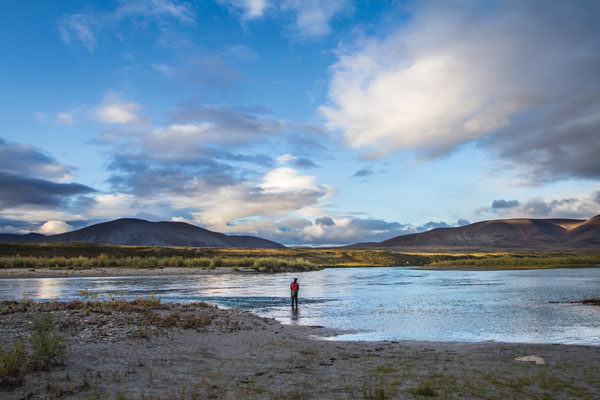
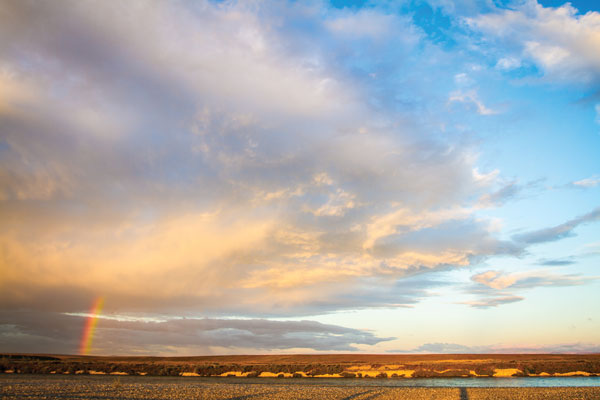
The Importance Of A Guide
Photography is an uncertain business and success requires that you be at the right place at the right time. In the wilderness of the Brooks Range that means relying on someone with expertise. If you are new to Alaska’s backcountry, hiring an experienced outfitter is worth every dollar. A good guide will know the best places for wildlife, the day hikes with the most commanding views, and, of course, will be able to escort you safely through the next set of rapids. Perhaps most important, having a guide will open up your time. On an independent trip you must make the decision between making images or making dinner. On a guided trip, you can be off in the tundra with your camera while someone else does the cooking.
Negotiating The Area
One of the major challenges to photography in the Brooks Range has nothing to do with the weather or equipment; it’s simply coming to terms with the place. I think it’s no coincidence that during the many trips I’ve guided into the arctic, my clients and I have seen more wildlife and made more successful images in the final days of the trip than in the beginning. It takes time to understand how the sun moves across the landscape, and to be able to detect the subtle motion of a distant herd of caribou grazing through the tundra. The more quickly you can relax, accept the weather, and grow comfortable with the wilderness lifestyle, the faster your eyes will open to the land and animals.

Day Is Done
When the sun finally slipped off the rocks on that evening atop the ridge, I rose from the ground and stretched, my camera dangling from my hand. I stared down the valley and watched the silver ribbon of the river disappear to the west. Far below, I could just make out the colorful specks of our tents and canoes by the water’s edge. There wasn’t a sound to be heard except for the soft crunch of my feet descending the long tundra slope. I thought about the images I’d just made, and what I might see in the coming days. And vowed that next time I took an evening hike, I’d carry my tripod.

Author Bio
David W. Shaw is a writer, a photographer, a biologist, a naturalist, and a wilderness guide. He lives and works in Alaska. His photography has been published in magazines, textbooks, calendars, and advertising campaigns and he has written articles for magazines such as Sierra, Country, Birder’s World, Birds and Blooms, Bird Watcher’s Digest, Traditional Bowhunter as well as Shutterbug. To see more of Shaw’s work, visit his website, www.wildimagephoto.com.
Outfitters
Want to visit the Brooks Range or other wild Alaskan destinations? Start with these knowledgeable, Alaskan-owned outfitters:
Arctic Wild
www.arcticwild.com
(888) 577-8203
Arctic Treks
www.arctictreksadventures.com
(907) 455-6502









